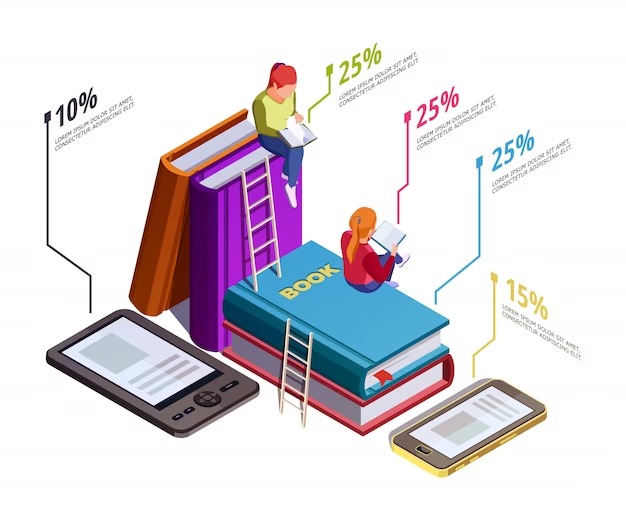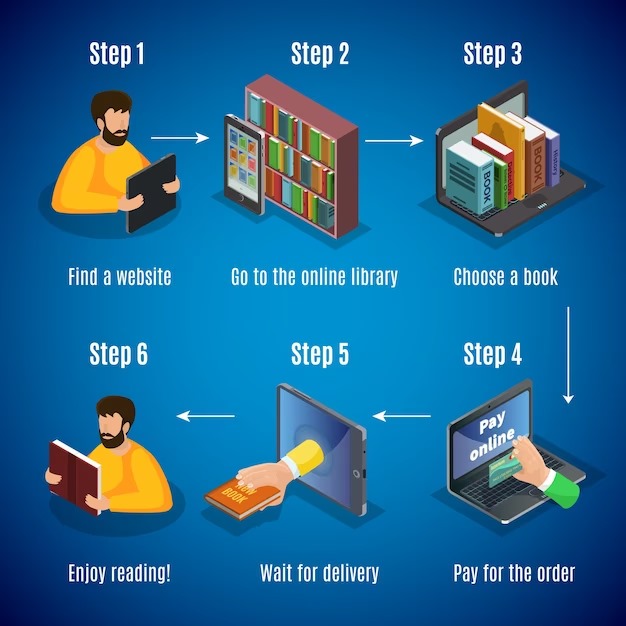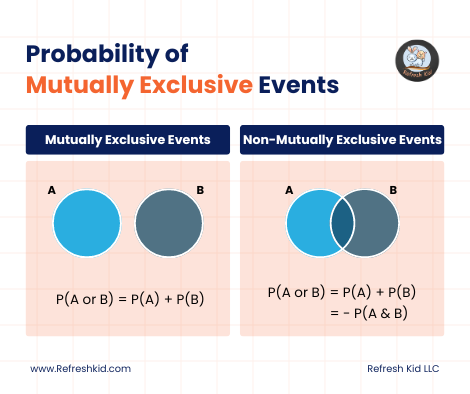Reading is not just about scanning words on a page; it's a skill that can be honed to uncover hidden meanings, subtle nuances, and intricate layers within a text. The process of decoding the three levels of reading empowers readers to engage more deeply with literature, enhancing their comprehension and appreciation of both fiction and non-fiction works. In this article, we'll delve into the three levels of reading—Surface, Textual, and Reflective—and learn how each level contributes to a richer understanding of written material.
Decoding the Three Levels of Reading for Deeper Understanding
Reading goes beyond deciphering words; it involves critical thinking, analysis, and interpretation. To master the art of reading deeply, one must navigate three distinct levels:
Surface Reading: The Initial Encounter
When you first pick up a book or an article, you're at the surface level of reading. Here, the primary goal is to understand the basic plot, main ideas, and the overall message of the text. Surface reading helps establish context and provides a foundation for deeper exploration.
Textual Reading: Uncovering Layers of Meaning
Textual reading involves delving into the details—the language, style, and literary devices used by the author. Paying attention to metaphors, similes, foreshadowing, and other elements enhances comprehension and sheds light on the author's intent. It's like deciphering a code that unlocks hidden layers of meaning beneath the surface.
Reflective Reading: Engaging with the Text
At the reflective level, readers go beyond the text itself. They connect the ideas presented with their own experiences, beliefs, and knowledge. Reflective reading prompts questions like, "How does this relate to my life?" or "What broader messages does this convey?" This level of reading invites a personal connection and invites readers to think critically.
The Journey of Reading: Unveiling the Magic
As we progress through the three levels of reading, the magic of literature unfolds. Imagine embarking on a journey where every page reveals new insights and perspectives. By combining these levels, readers can create a comprehensive understanding of the text.
Enhancing Your Reading Experience
To fully embrace the three levels of reading and extract the most from your literary experiences, consider these tips:
Annotate Thoughtfully: Jot down your thoughts, questions, and observations as you read. This practice helps you engage actively with the material and revisit key points later.
Discuss and Debate: Engage in discussions with fellow readers or join book clubs. Exploring different viewpoints can expand your understanding and introduce you to interpretations you might not have considered.
Research and Contextualize: For a deeper grasp of a text, research the historical, cultural, and social context in which it was written. This background knowledge can provide valuable insights.
FAQs
Q: How can I apply these reading levels to academic texts?
A: Academic texts benefit greatly from these levels. Surface reading aids in grasping the main arguments, textual reading uncovers scholarly nuances, and reflective reading encourages critical analysis.
Q: Can I use these reading levels for leisure reading?
A: Absolutely! Applying these levels to any type of reading enriches the experience. You'll discover new dimensions in fiction, non-fiction, or even online articles.
Q: Is reflective reading subjective?
A: While reflective reading invites personal connections, it also encourages critical thinking. You'll be surprised by how diverse interpretations can be backed by solid reasoning.
Q: What if I struggle with the reflective level of reading?
A: Practice is key. Start by asking yourself questions about the text's relevance to your life. Over time, you'll become more comfortable with this level.
Q: Can these reading levels be applied to visual media?
A: Absolutely! Film, art, and even advertisements can be "read" using these levels. Analyzing visual elements can reveal layers of meaning.
Q: How do I know if I'm truly understanding the text?
A: If you find yourself making connections, asking questions, and deriving insights that deepen your appreciation, you're successfully decoding the text.
Conclusion: Unleashing the Reader Within








